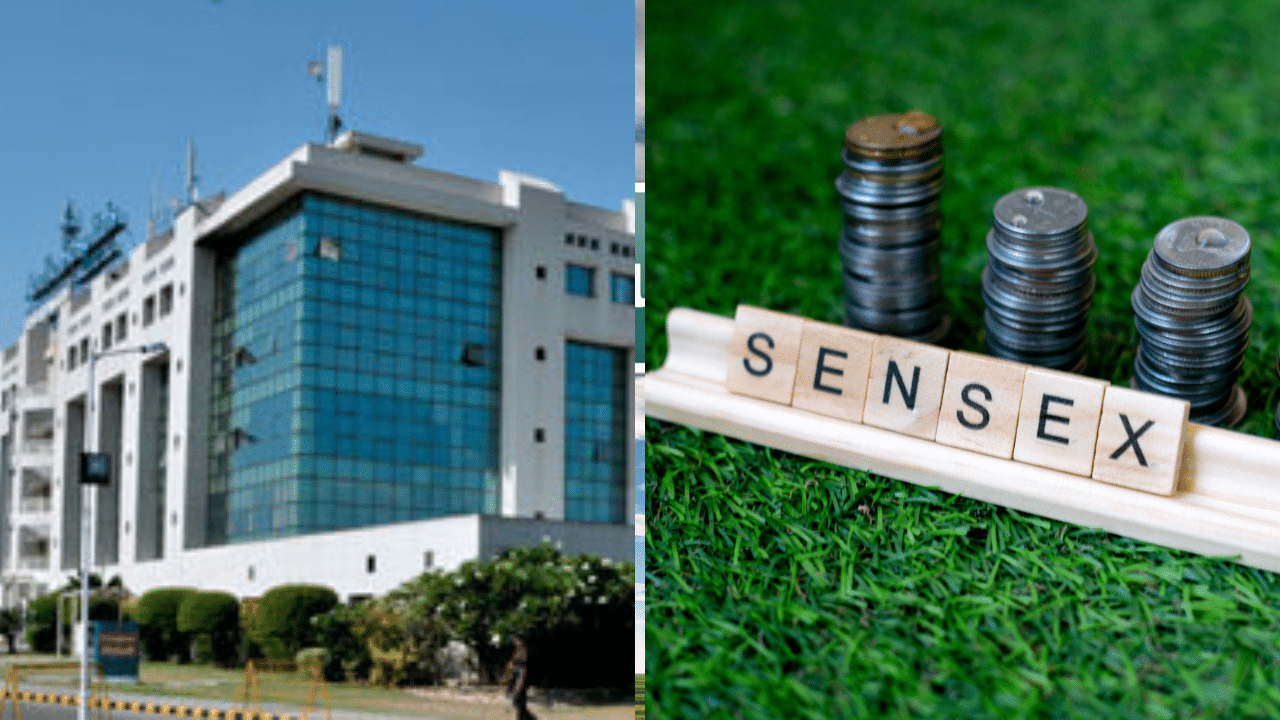
In a major relief, the government has marginally reduced the price of natural gas produced from difficult fields like Reliance Industries’ deep sea KG-D6 block. Now the price has become $9.87 per 10 lakh British thermal units. An official notification said that this cut has been made in line with the softening of standard international gas prices. On the other hand, there has been no change in the price of the gas used to make CNG used in vehicles or PNG used in cooking. The price limit for these has been fixed at 30 percent less than the market rates paid to Reliance.
According to the Petroleum Planning and Analysis Cell (PPAC), the price of gas from deep sea and high pressure, high temperature (HPTP) fields for the half year starting April 1 has been reduced from US $ 9.96 to US $ 9.87 per barrel, the notification said. MMBTU has been done. The government decides the prices of locally produced natural gas twice a year. According to the new formula, the price of domestic natural gas will remain at $6.5 per MMBTU.
what is the formula
Two different formulas control the rates paid for gas produced from legacy or old fields of state-owned oil companies like Oil and Natural Gas Corporation (ONGC) and Oil India Limited (OIL). Rates are decided every year on 1 April and 1 October. In April last year, the formula controlling the legacy field was changed and the index car was given at 10 per cent of the current Brent crude oil price. However, the rate was capped at US$6.5 per MMBtu.
What did PPAC say?
Rates for old areas are now decided on a monthly basis. PPAC said that for April, the price was US$8.38 per MMBtu, but due to the cap, producers will get only US$6.5 per MMBtu. Difficult area gas prices are controlled by the old formula. International prices had fallen in 2023 and hence prices for hard-hit areas will be reduced starting from October. India is aiming to become a gas-based economy by aiming to increase the share of natural gas in its primary energy mix from the current 6.3 percent to 15 percent by 2030.





